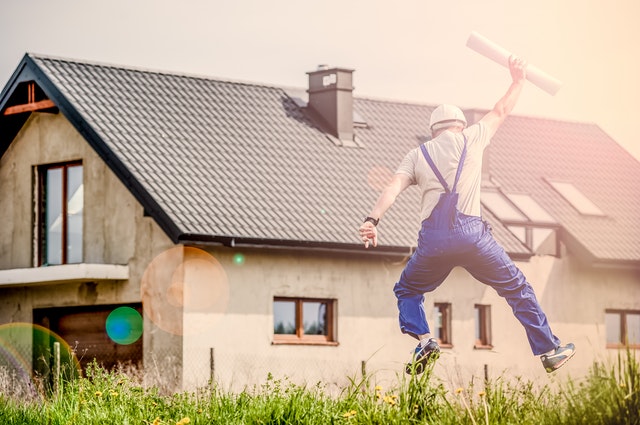3 Millennial Home-Buying Trends Sellers Should Know
 After five consecutive years of Millennials outpacing all other home-buying demographics, sellers would be wise to wrap their thinking around what makes this generation tick.
After five consecutive years of Millennials outpacing all other home-buying demographics, sellers would be wise to wrap their thinking around what makes this generation tick.
According to a 2018 Home Buyer and Seller Generational Trends research study, Millennials purchased more than one-third of all homes in 2017. With home purchases totaling approximately 36 percent of the market in 2018, this class of buyer has increased its market share from 34 percent in 2017.
Taken as a whole, the previously formidable Baby Boomers ranging from 52-70 years old enjoyed only a 32-percent market share. GenXers declined from 28 percent in 2017 to 26 percent in 2018.
With the relatively young Millennials still not fully engaged in the real estate market, expectations are that this group could set the tone for decades.
Millennials Have Improved Buying Power
If you accept the Pew Research Centre definition of Millennials, then they were born between 1981 and 1996. That means the entire population is currently at or past the age of college graduation.
Other research indicates that they enjoy an average annual income that has trended up from $82,000 in 2017 to $88,000 in 2018. That means their overall income outran the estimated inflation rate of about 2.1 percent. Not every group can boast that claim.
With the older end of the group now over 30 years old and the younger swath advancing into careers, sellers may want to plan for spare-no-expense Millennial buyers. The average home they purchased in 2017 was $205,000. In 2018, the average rose to $220,000. They apparently are not shy about spending more on a house they like.
Single Millennial Women Are Buying More Homes
Young single females are making a run at home-buying supremacy. According to recent data, single women purchased approximately 18 percent of all homes in 2017. The figure is more than double that of single males, although married couples remain in the top spot.
The average age of single female buyers stands at 28 years old, and their home loans exceeded $175,000. Appraised values reportedly topped $210,000. Sellers may want to consider a more single female-oriented aesthetic moving forward.
Millennials Willing To Pay For More Space
There are two telling reasons why many Millennials are inclined to bypass traditional starter homes and pay for larger ones.
The first reason goes to the age of the older Millennials. At about 36 years old, they entered into adulthood during a painful economic period. High unemployment and a sluggish economy persuaded older Millennials to either wait or hunker down in a small starter home. That group now has equity in the property or money in the bank. With a hot economy and rising wages, larger homes make affordable sense.
Younger Millennials, by contrast, are entering the workforce during a full-blown economic revival. Jobs are plentiful, and employers are competing with wages to secure workers. The robust economic landscape allows many young professionals to afford larger homes. With that in mind, sellers may want to upgrade outdoor patios and consider taking down a wall or two to create an open floor plan.
If you are a homeowner interested in listing a property, speak with a real estate professional about what Millennials in your area want in a home. Millennial home buyers are changing the industry. If you are a Millennial in the market for a property, be sure to contact your trusted mortgage professional for a pre-approval!
 “Move-in ready” homes are desirable — there’s no doubt about it! But sometimes it makes better financial sense to opt for a house with dated decor and a less than trendy kitchen or master bath. You may not get your dream home immediately, but the opportunity to transform a property into your own swan can be rewarding. It can also be easy on the pocketbook.
“Move-in ready” homes are desirable — there’s no doubt about it! But sometimes it makes better financial sense to opt for a house with dated decor and a less than trendy kitchen or master bath. You may not get your dream home immediately, but the opportunity to transform a property into your own swan can be rewarding. It can also be easy on the pocketbook. When you are a homeowner looking to reduce your carbon footprint, there are a number of steps you can take to make your home earth-friendly. From passive solar heating to solar panels, you can make a difference in the impact your home has on the environment.
When you are a homeowner looking to reduce your carbon footprint, there are a number of steps you can take to make your home earth-friendly. From passive solar heating to solar panels, you can make a difference in the impact your home has on the environment.